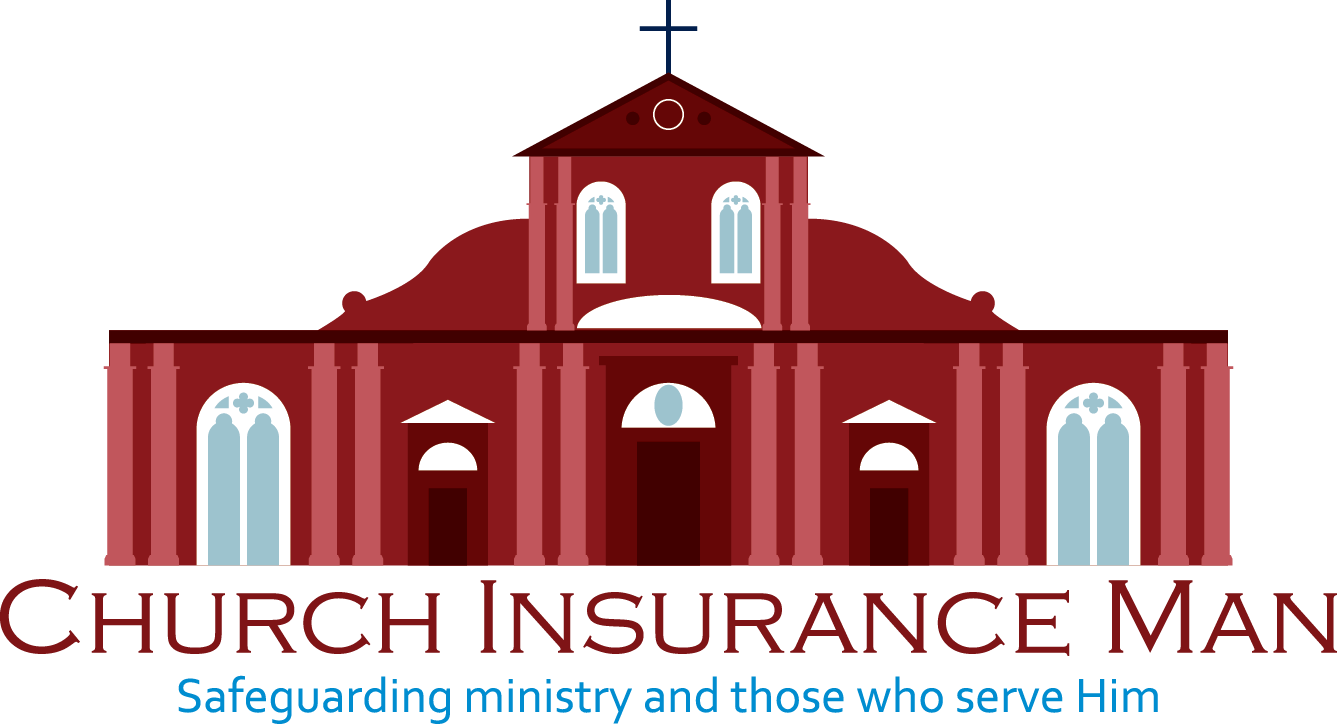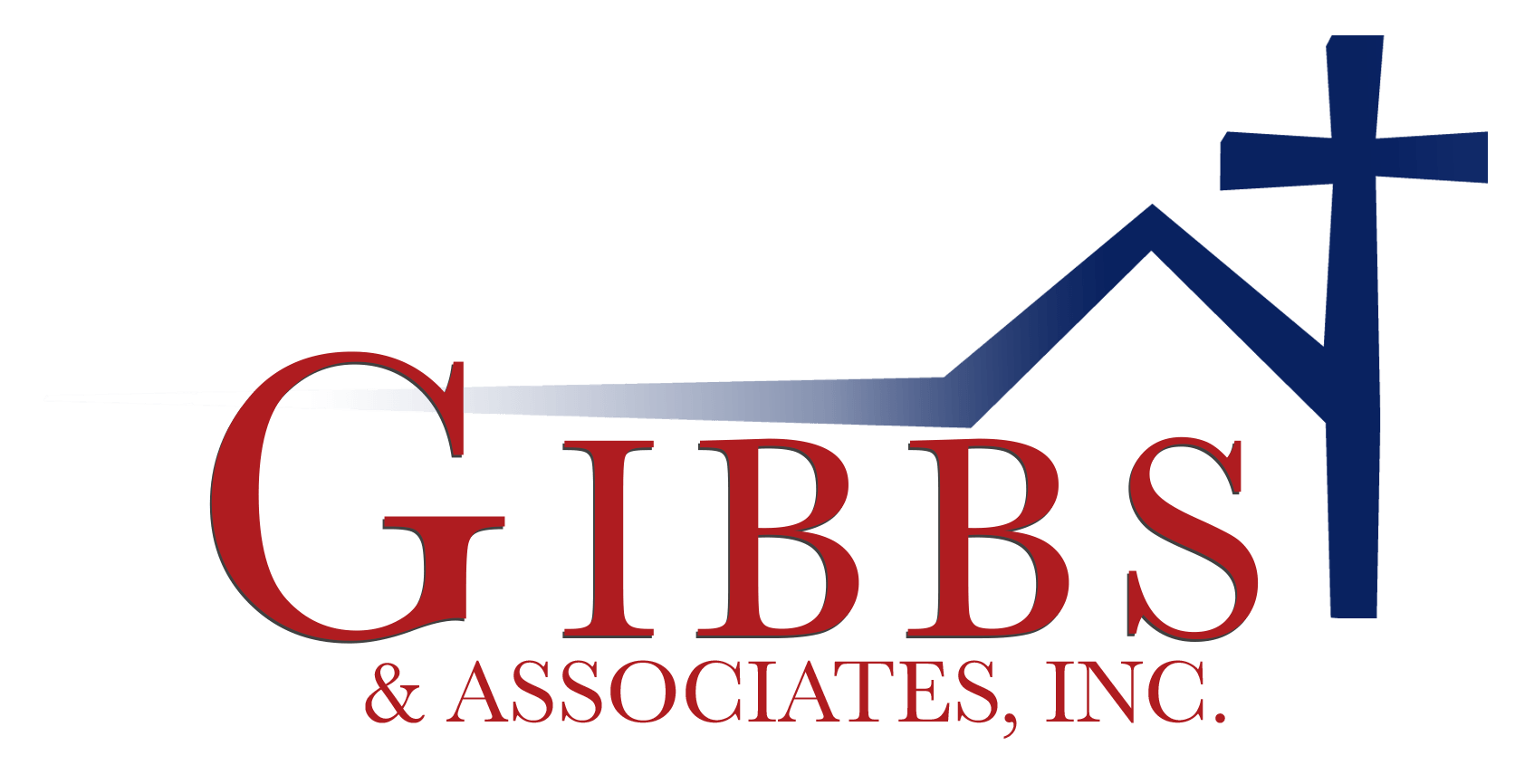Not for profit organizations of all types are much better off with property insurance. Many of these organizations carry out their missions as a labor of love and run a very lean ship with minimal extra dollars to spend on unexpected events. As such, these organizations are some of the best candidates for property insurance and general coverage.
But many insurance firms require a bit of risk-sharing and will often need nonprofit organizations to take on a portion of the burden of potential unfortunate events. They do so to ensure alignment in interests and enact a deterrence policy enabling nonprofit organizations to take the necessary actions to minimize potential problems.
A portion of this risk-sharing component is the aspect of paying a deductible should an unfortunate event occur to your church. This deductible component of many property policies can seem anxiety-inducing at first but are simple to comprehend and make sense overall. But deductibles help foster trust and transparency between the insurance company and the claimant. As such, they have been a considerable component of the insurance policy for quite some time now.
Indeed, you have more control over your deductible, and you can choose how much of the cost you can take on if an adverse situation were to occur within your church—those who can understand how deductibles work can figure out how these property policies are feasible.
Now, recall that deductibles are essentially the portion of costs borne by the policy-holder in an insurance claim. The claimant will meet a certain deductible threshold before the insurance company will step in and take care of the rest of the expenses.
For example, if your policy providers state that you can choose a $1,000 or $10,000 deductible and choose the latter, you will have to pay $10,000 worth of the damage before the insurance company enters the picture. If you have property damage that results in $20,000 worth of damages, if you chose a $10,000 deductible, you must pay the $10,000 before letting your insurance take care of the rest of the claim.
You and the insurance company are both interested in minimizing adverse situations from occurring. Let's take a look at how you can view this facet of insurance more comprehensively.

